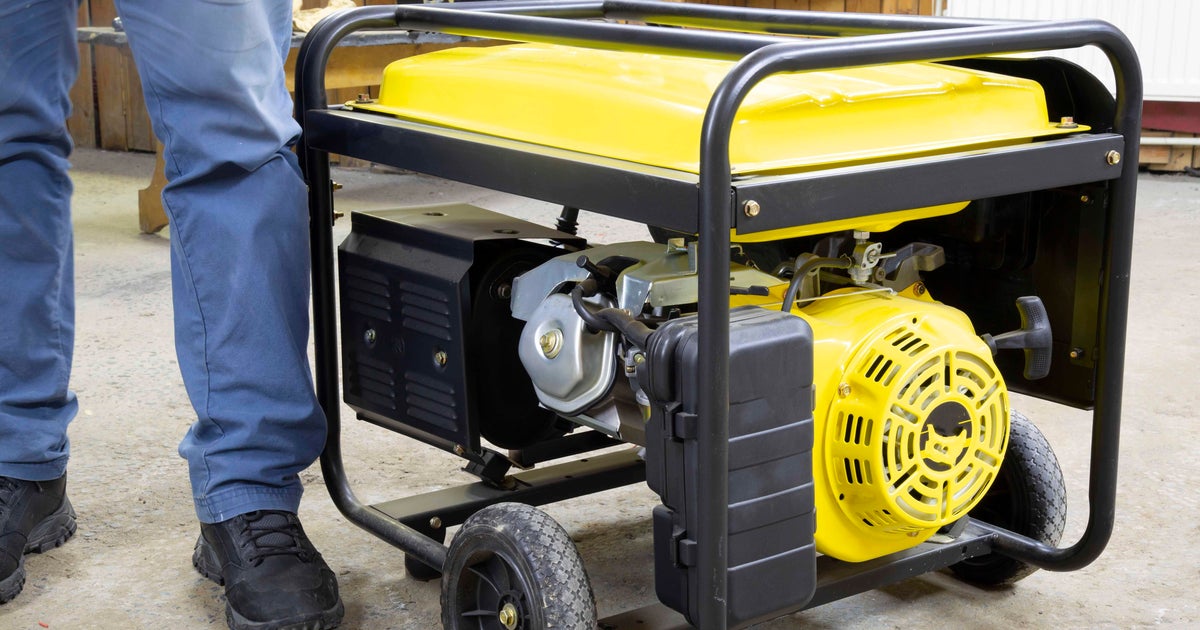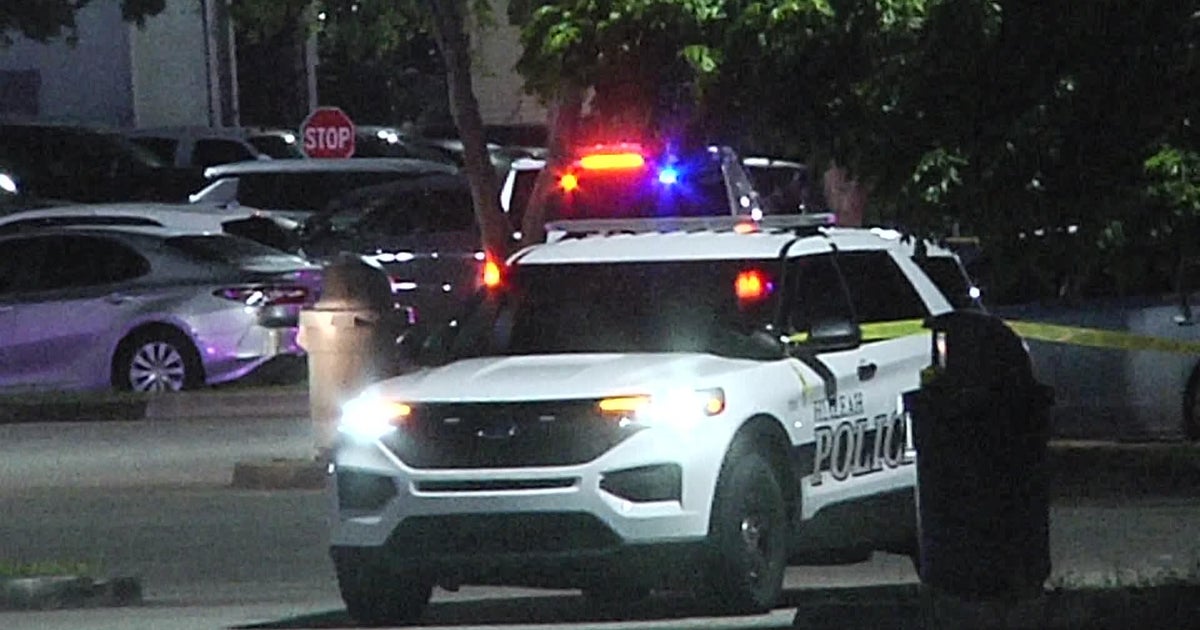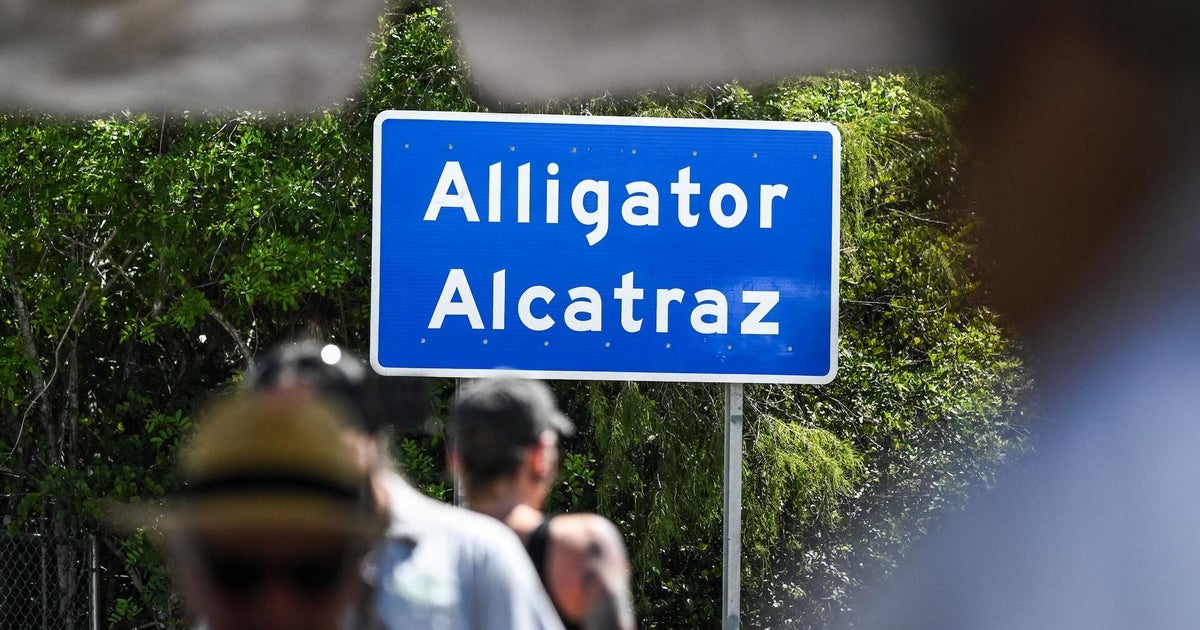Preparing for the 2025 Atlantic hurricane season means more than just stocking up on supplies, it also means being ready for potential power outages.
For many, that includes relying on a generator to keep essential appliances running. But with serious risks like carbon monoxide poisoning, electrical shock and fire hazards, it’s just as important to know how to buy, use, and store a generator safely as it is to own one.
Here’s what you need to know to choose the right generator — and how to avoid dangerous mistakes:
How do generators work?
Generators convert mechanical energy into electrical power through electromagnetic induction. Most home units run on gasoline, diesel or propane and are designed to keep essential appliances running during a power outage.
Which generator to buy
Standby generators
These permanently installed units automatically power your home during an outage, but in Miami-Dade and Broward, they require permits for installation.
- Cost: $5,000-$15,000+
- Pros: Automatic startup, powers entire home.
- Cons: Expensive, requires professional installation and must have permits.
Portable generators
Portable units are more affordable and ideal for powering essentials like refrigerators and fans. They don’t require permits unless wired into your home’s electrical panel.
- Cost: $300-$2,000+
- Use: Must be placed outside at least 10 feet from windows.
- Storage: Store indoors with an empty fuel tank.
See the Consumer Reports generator buying guide.
Where to buy a generator in South Florida
Generators are widely available at:
During hurricane season, supplies can run low quickly, so consider buying early.
How to safely operate a generator
Improper generator use can be fatal. The Centers for Disease Control and Prevention warn that carbon monoxide (CO) — an invisible, odorless gas — kills hundreds of people each year during storm season.
Major risks and how to avoid them:
- Carbon monoxide poisoning: Never run a generator indoors or near open windows. Keep it at least 20 feet away from your home.
- Fire hazard: Never refuel while the generator is hot or running. Let it cool for 20 minutes first.
- Electrical shock: Don’t use in wet conditions. Use a canopy or tent cover and only outdoor-rated cords.
- Overloading: Know your generator’s wattage limits to avoid damaging your appliances or the generator itself.
Read more safety tips from the CDC.
Where to place a generator during a hurricane or tropical storm
- Place outdoors on a dry, flat surface.
- Use heavy-duty, outdoor-rated extension cords.
- Cover with a canopy or tent to protect from rain.
How to story a generator safely
After the storm:
- Let it cool completely before refueling.
- Clean and inspect for damage.
- Store in a dry place, with the fuel tank empty.



